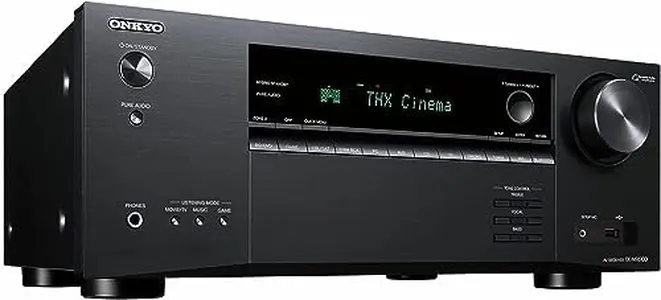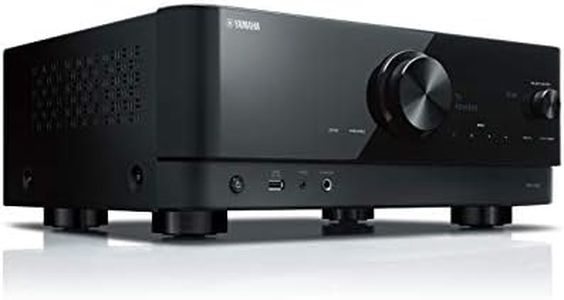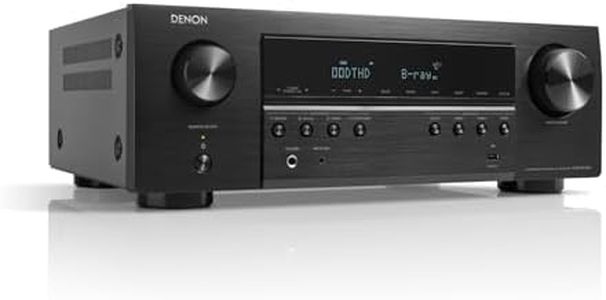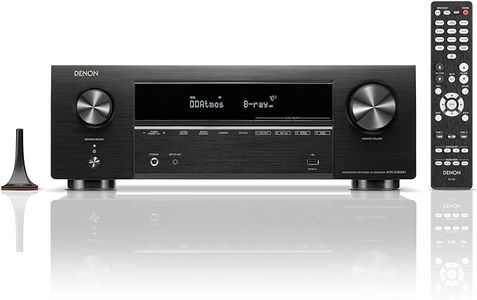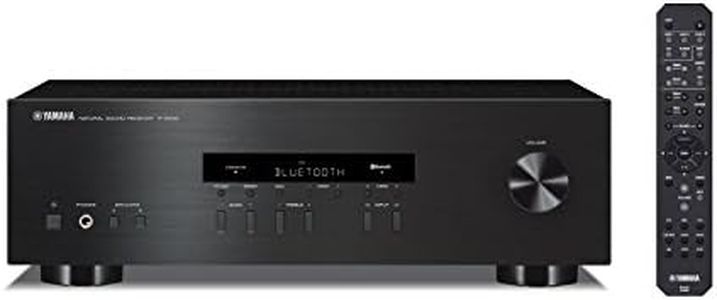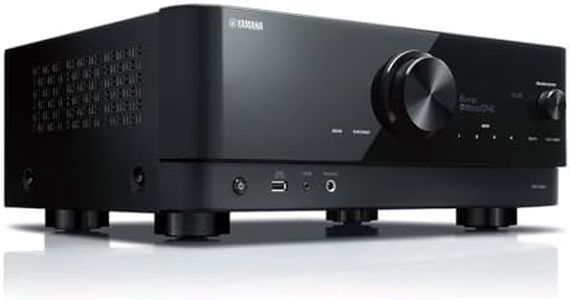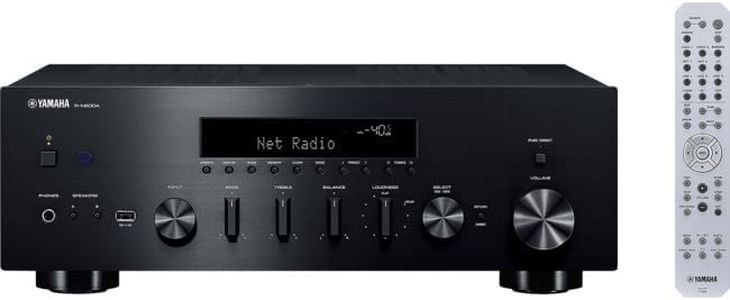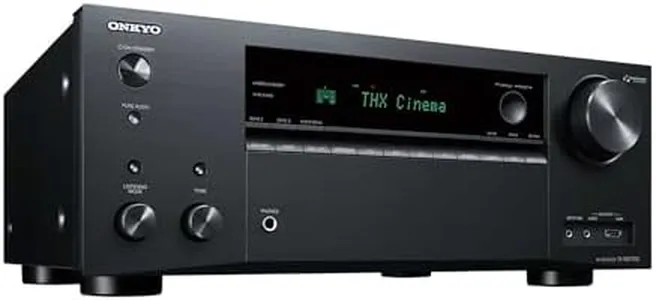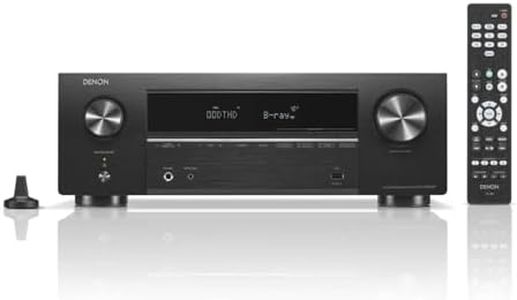We Use CookiesWe use cookies to enhance the security, performance,
functionality and for analytical and promotional activities. By continuing to browse this site you
are agreeing to our privacy policy
10 Best receivers
From leading brands and best sellers available on the web.By clicking on a link to a third party's website, log data is shared with that third party.
Buying Guide for the Best receivers
Selecting the right receiver is essential for building a great home theater or audio system, as the receiver is the hub that connects, powers, and controls your speakers and audio sources. When choosing a receiver, focus on how it matches your room size, the number and type of devices you want to connect, and your audio/video preferences. Understanding the key specifications will help you find the model that fits your entertainment needs and ensures future compatibility as your system grows.Number of ChannelsThe number of channels refers to how many speakers the receiver can power at once, such as 5.1 or 7.2. This is important because it determines the types of surround sound setups you can create. A basic 5.1 receiver is ideal for a standard living room setup with five speakers and one subwoofer, while a 7.2 receiver is better suited for larger rooms or for those who want more immersive sound with more speakers. Think about your room space and how many speakers you plan to install to decide on the right number of channels.
Power Output (Watts per Channel)Power output, measured in watts per channel, tells you how much power each speaker will get from the receiver. Higher numbers can mean louder and cleaner sound, especially in big rooms, but more isn't always better; too much power for small speakers can cause distortion. In general, smaller rooms or bookshelf speakers do well with lower wattage, while large rooms or big floor-standing speakers may benefit from higher wattage. Consider your room size and the type of speakers you will use when assessing this spec.
Input and Output ConnectionsReceivers offer various input and output options for connecting devices like TVs, gaming consoles, streaming devices, turntables, and speakers. Common connections include HDMI, optical, coaxial, USB, and speaker terminals. More connections provide greater flexibility for expanding your system now and in the future. Make a list of devices you want to use and check that the receiver has enough of the right types of ports for all your equipment.
Audio Format SupportAudio format support refers to which surround sound and decoding technologies the receiver can handle, such as Dolby Atmos, DTS:X, and older formats. These affect how immersive your sound experience can be. If you love movies or games with advanced surround sound, look for a receiver that supports modern audio formats. If you just want basic stereo or standard surround, this won't be as critical.
Video Support and Pass-throughVideo support means the receiver can handle various video resolutions and features, like 4K, HDR, or 8K pass-through, which ensures your TV gets the best image with the least hassle. Not all receivers handle the latest video standards, so if you have a modern 4K or 8K TV, make sure your receiver can pass through that quality. If you're not interested in the latest video, this spec is less crucial.
Wireless ConnectivityWireless connectivity includes Bluetooth, Wi-Fi, AirPlay, Chromecast, and streaming platform compatibility. This makes it easier to play music from your phone or use streaming services without extra cables. If you want to stream music easily or integrate with smart home devices, look for models with robust wireless features, otherwise, you can focus on wired connections.
Room CalibrationRoom calibration is a feature where the receiver uses a microphone to automatically adjust sound settings based on your room's acoustics. This is useful for improving sound quality by matching audio output to your space, especially in rooms with odd shapes or furniture. If you want the best audio experience without manual fine-tuning, choose a receiver with automatic room calibration capability.
